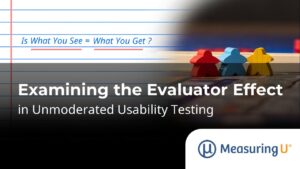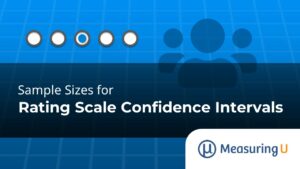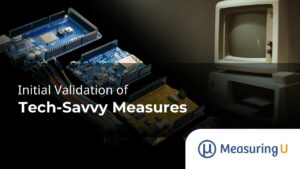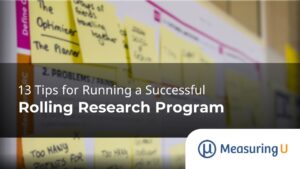
Is What You See What You Get?
Examining the Evaluator Effect in Unmoderated Usability Testing
If different researchers conduct a study, will they identify different problems? While it was originally controversial, the evaluator effect is now well-established in the field of UX research. The evaluator effect is the finding that, in general, different teams or individuals conducting a usability study will identify and report different problems (Hertzum & Jacobsen, 2003).








